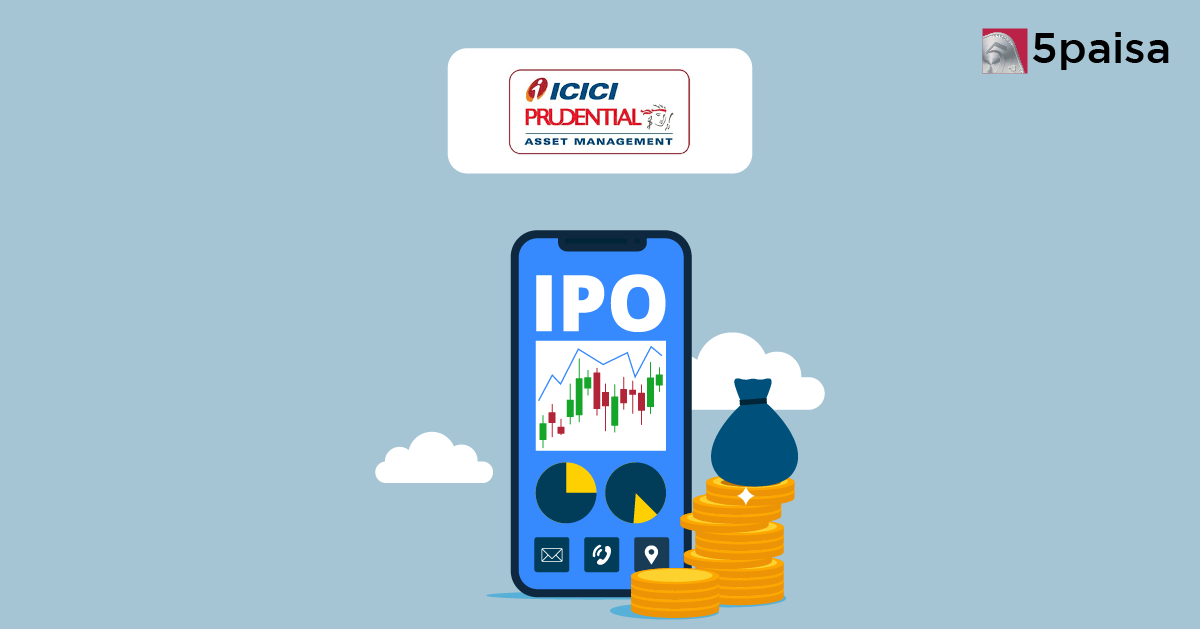ICICI Prudential AMC IPO Shows Weak Response, Subscribed 0.72x on Day 1
SEBI Eliminates Exit Loads for Switching from Regular to Direct Mutual Fund Plans
Last Updated: 16th May 2025 - 02:27 pm

In a move that puts investors first, SEBI (the Securities and Exchange Board of India) has made it easier and cheaper for you to manage your mutual fund investments. Starting now, if you switch from a regular to a direct plan within the same mutual fund scheme, you won't be charged an exit load. That's a big win for investors looking to cut costs and take more control of their finances.
What's Changing?
If you've ever switched from a regular mutual fund plan to a direct one, you might've run into an exit load, a fee for exiting early. This fee could eat into your returns and discourage switching. Regular plans include commissions for intermediaries, while direct plans don't, so they come with lower costs and better long-term returns.
Thanks to SEBI's latest directive, you can make that switch within the same scheme without penalty. This means more freedom and less friction.
Why This Matters
This isn't just a technical tweak. It's a practical benefit that could add up over time. Lower fees mean more of your money stays invested and working for you. Direct plans already offer better value, and this change makes accessing them even easier.
Industry Already Taking Action
Mutual fund houses aren't wasting time. For example:
- DSP Mutual Fund announced that, from March 21, 2025, switching between direct and regular plans in the same scheme will have no exit load.
- Quant Mutual Fund also updated its policies to remove exit loads for such switches across multiple schemes.
These quick adjustments show the industry aligns with SEBI's push for more investor-friendly practices.
What It Means for You
Here's how this change can benefit you:
Save on Costs: Direct plans don't include distributor commissions, which means lower expense ratios and more potential returns.
More Flexibility: You can now move to direct plans without exit fees weighing on your decision.
Greater Transparency: SEBI also wants mutual fund houses to show separate performance and fee details for regular vs direct plans so that you can compare clearly.
A Few Things to Keep in Mind
It's not all smooth sailing; there are still a couple of caveats:
Lock-in Periods: If you're invested in funds like ELSS (Equity-Linked Savings Schemes), there's a 3-year lock-in. You'll have to wait that out before switching.
Tax Implications: Switching counts as a redemption and reinvestment, so that capital gains tax might apply. Don't get caught off guard; check the tax rules for your fund type and holding period.
Part of a Bigger Picture
This change is just one piece of SEBI's larger effort to make mutual fund investing safer, more transparent, and more investor-friendly. Some other recent steps include:
Faster Use of NFO Funds: Fund houses now have 30 days to invest money raised through new fund offers. If they don't, they might face penalties.
Clearer Disclosures: SEBI is pushing for standardised, separate disclosures for regular and direct plan returns and expenses. That way, you can see exactly what you're paying for and getting.
Final Thoughts
By removing exit loads on switching to direct plans, SEBI is making it easier for investors like you to manage their portfolios. This small change has big potential, especially for long-term investors looking to maximise their returns.
Now's a good time to revisit your investments. Consider whether switching to a direct plan makes sense for your goals and risk comfort level. If you're unsure, a quick chat with a financial advisor can help you determine your best move.
- Flat ₹20 Brokerage
- Next-gen Trading
- Advanced Charting
- Actionable Ideas
Trending on 5paisa
Indian Market Related Articles
Disclaimer: Investment in securities market are subject to market risks, read all the related documents carefully before investing. For detailed disclaimer please Click here.

 5paisa Capital Ltd
5paisa Capital Ltd



